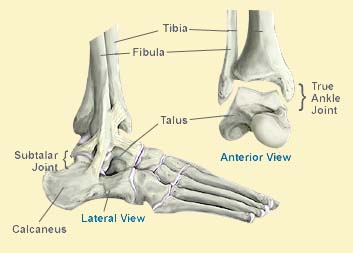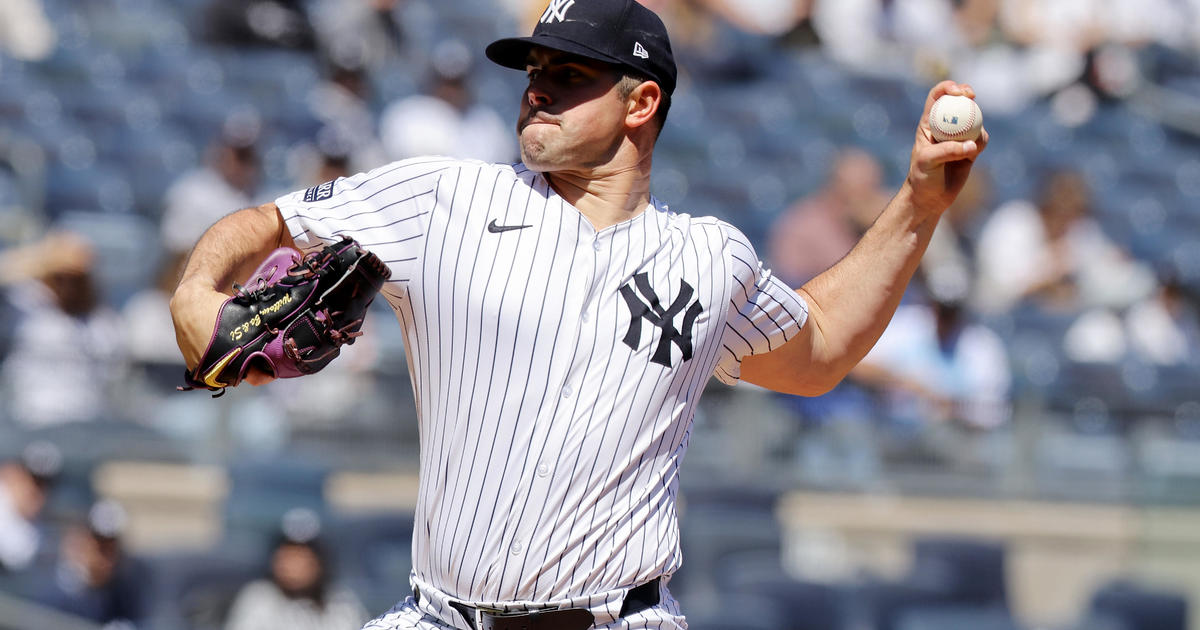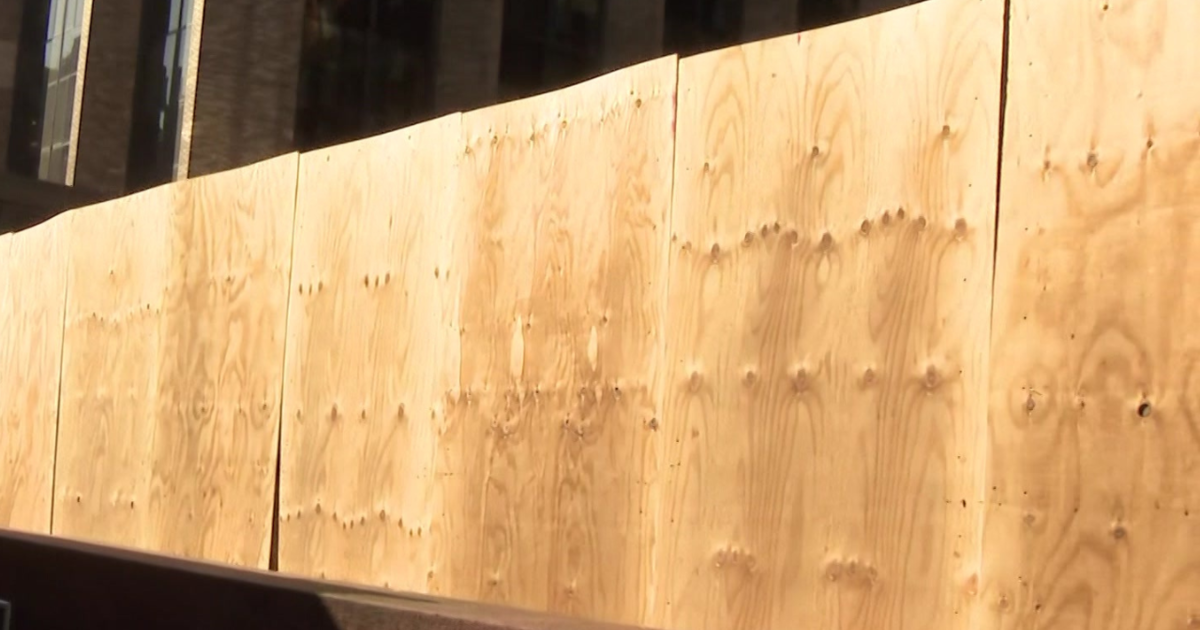Injury Breakdown: Analyzing Joba Chamberlain's Ankle Injury
By Abby Sims
» More Columns
Joba Chamberlain of the Yankees addressed the media last Tuesday to discuss the injury he sustained the week prior while playing with his son on a trampoline in a recreation center. Though Chamberlain has said he will return to the mound before the close of the 2012 season, no one is counting on it. The 26 year-old right-hander, who was already fighting his way back from Tommy John surgery, will have a different kind of summer.
The majority of reports of the injury have said that Chamberlain had an open dislocation of his subtalar joint, which is NOT synonymous with the ankle. Though some literature states that the ankle is composed of the "true" ankle joint as well as the subtalar joint, in reality, they are two distinct joints that are in close proximity. The ankle primarily enables movement of the foot up and down, while the subtalar joint permits the rotational motion that allows the foot to twist and to turn inward or outward.
Differentiating the Subtalar Joint from the Ankle
The Ankle
The ankle is formed by the bones of the lower leg - the innermost/larger tibia, and the thinner/outermost fibula, above - and the talus bone below. The most common injuries in this region are sprains. "High ankle sprains" refer to injury of the ligaments that connect the bases of the tibia and fibula to each other, while a "true" ankle sprain is an injury to one or more of the ligaments connecting the fibula or tibia to the talus resting underneath.
The role of ligaments is to stabilize joints, while still permitting the necessary rolling, spinning and gliding of the bones that normal joint movement requires.
The Subtalar Joint (STJ)
The subtalar joint is formed by the base of the talus and the calcaneus that rests immediately below. The calcaneus is the heel bone. When dislocated, the talus separates from both of the bones to which it attaches - the calcaneus and the smaller navicular bone.
Joba's Injury – An open subtalar dislocation
The term "open" informs us that when the joint disarticulated, that bone was exposed through the skin. This makes the area prone to infection, a complication that Chamberlain has reportedly avoided to this point. A subtalar dislocation generally occurs without disruption of the ankle, though it may be accompanied by fractures at the ankle or smaller bones of the foot, or by lesions to the surface of the talus. Joba has supposedly been spared these issues as well.
Subtalar dislocations can be medial (inner) or lateral (outer). The majority are reduced (put back in place) without requiring surgery, though lateral dislocations require surgical intervention more often than medial because tendons may otherwise get in the way of aligning the bones.
Two interesting studies of the long-term recovery of those who suffered a STJ dislocation demonstrated that many do have subsequent arthritic changes in the ankle, STJ or foot, though isolated injuries like Chamberlain's result in fewer of these issues.
Joba will be non-weightbearing for anywhere from 6-12 weeks during which time he will likely continue to work on his arm, core and thigh strength as well as his flexibility. Then his rehab will intensify to also restore normal movement in the STJ/foot and ankle, as well as the strength and muscle flexibility throughout. In addition, he will have to work to increase his muscle endurance and power while ultimately also focusing on his pitching mechanics. It will be awhile. I wish him well.
Follow Abby on Twitter @abcsims




